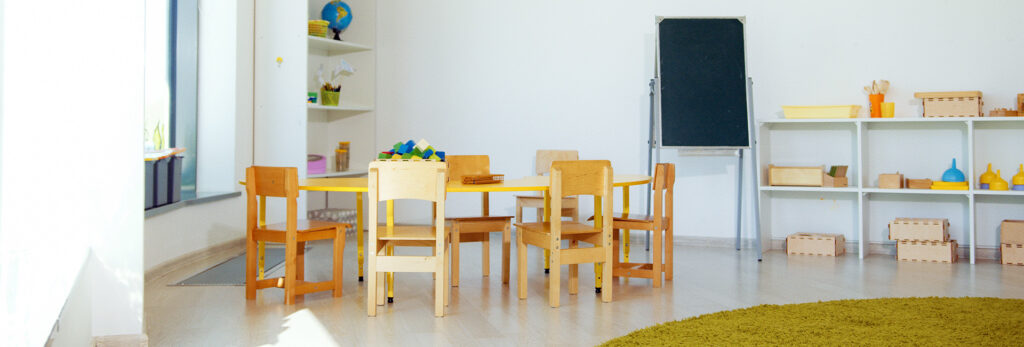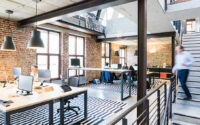How Interior Designs Affect the Education Sector?

Interior design for the education sector is a critical topic to concern in modern days. Because interior design plays a crucial role in creating a functional and stimulating learning environment for students and educators in the education sector. The design of an educational facility can have a significant impact on the learning experience. And also can play a key role in improving the overall function of the facility.
One of the main benefits of using interior design in educational facilities is that it can help to create a functional and stimulating learning environment. This can achieve by careful planning of the space layout, selecting of the right furniture and fixtures, and creating defined spaces for different activities. For example, designers can use space planning techniques to create efficient and functional classrooms, labs, and libraries, and they can create clear and easy navigation for students and staff.
Interior design can also use to create a visually appealing and inviting atmosphere. This can achieve through the use of color, lighting, and materials to create a distinctive look and feel. For example, a modern and minimalist design can be used to create a sleek and sophisticated atmosphere. While a more traditional design can be used to create a warm and welcoming atmosphere. By creating a visually appealing and inviting atmosphere, designers can help to create an environment that is more
conducive to learning and engagement.
Another key benefit of using interior design in educational facilities is that it can help to improve the accessibility and safety of the space. This can achieve by incorporating design elements that meet the needs of people with disabilities. Such as wheelchair ramps, elevators, and accessible restrooms. And also by creating a safe and secure environment through the use of appropriate lighting and security measures.
In addition, interior design in educational facilities can also use to incorporate elements of sustainability. This includes the use of energy-efficient lighting and HVAC systems, the use of sustainable materials, and the incorporation of natural elements like plants. By incorporating sustainable elements, designers can help educational facilities to reduce their environmental impact and promote a more eco-friendly image.
In conclusion, interior design plays a crucial role in the education sector. By creating a functional and stimulating learning environment, a visually appealing and inviting atmosphere, and improving accessibility and safety. And also incorporating sustainable elements, interior designers can help to create a more effective learning environment. And improve the overall function of the educational facility as well.
Related Articles
https://bizmaster.lk/wp-admin/post.php?post=9673&action=edit
.



